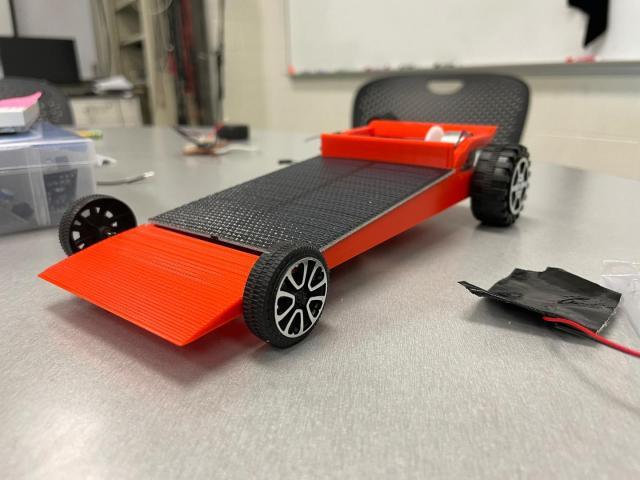-
June 23, 2025 - June 27, 2025
9 a.m. - 3 p.m.
+ Google Calendar
SMCM Solar Cell STEM Camp, June 23-27

Intended Audience

For the third year in a row, St. Mary's College of Maryland is hosting a SoMD 2030-funded high school STEM camp. Students will work in teams to design, build and race solar-powered race cars. Teams will gain hands-on experience with computer-aided design (CAD), 3D-printing and coding, and learn broadly about energy in electronics, nature and our society. Students who are interested in science, technology and teamwork are encouraged to apply. For St. Mary’s, Calvert and Charles County students only! This camp will be free of charge for students including lunches at the Campus Center, and will be coordinated, instructed and chaperoned by SMCM faculty and undergraduate students. High school students of any grade are welcome to apply.
- Location: Schaefer Hall, 47645 College Dr, St Mary’s City, MD 20686
- Dates: June 23 - 27, 2025
- Duration: 1 week (M-F)
- Time: 9 a.m. – 3 p.m.
- Lunch: Provided
- Cost: Free
- Students: ~30 high school students
- Professors: 3 SMCM STEM professors
- Assistants: 2 SMCM STEM students
- Application Deadline: June 15, 2025
- Send questions to Associate Professor Troy K. Townsend
- tktownsend@smcm.edu
Students will be introduced to a college-level laboratory experience with hands-on activities, safety training, and in-person instruction from SMCM’s faculty members. Centered around a renewable energy theme, students will design and build solar-powered racecars. While learning about current state-of-the-art solar cell technology, the physics and biology of solar power, students will use a Computer Aided Design (CAD) program to draw their own racecar models and bring them to life with 3D printing, followed by testing, evaluating and re-designing. In the process, they will collaborate with each other and with faculty to develop and test solar cell devices in the sunlight, and learn about friction, mass and power. Each student team will be able to test different materials and solar cells to optimize their design. They will also be exposed to the chemistry of state-of-the-art solar cell devices and tour the SMCM chemistry laboratories, and learn coding for computer-controlled microprocessors to program motors, LEDs and sensors. Learning outcomes include project management skills, communication, group collaboration, team building activities, technical laboratory skills, lab safety and an introduction to renewable energy, conservation and nanotechnology
